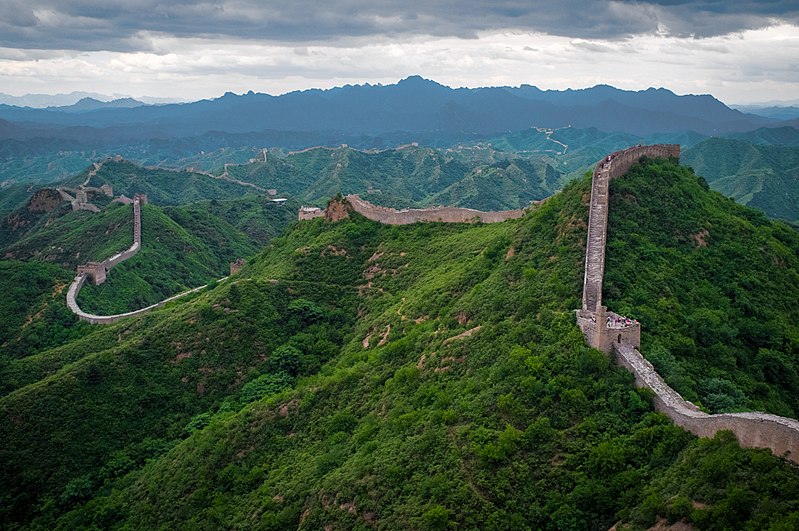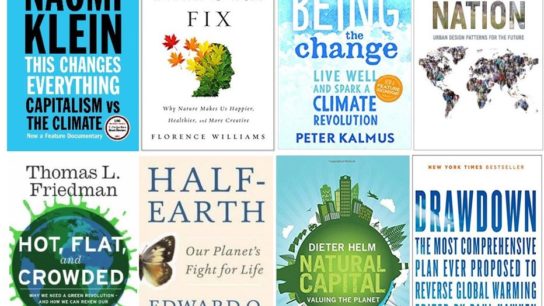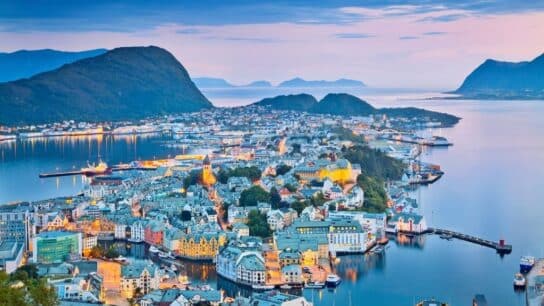How is China working to tackle deforestation? The nation implemented the Great Green Wall of China project in 1978 to hold back the expansion of the Gobi Desert and provide timber to the local population. A quarter of all landmass is desert in China, which until recently was rapidly expanding. Some causes and impacts of desertification include include “aeolian desertification,” caused by wind erosion after vegetation is destroyed, “water and soil loss,” caused by water erosion mainly distributed in the Loess plateau, “salinisation,” caused by poor water management and “rock desertification,” mainly occurring in the Karst region of Southwestern China.
—
Desertification in China
Research shows that currently 27.4% of land in China has undergone desertification, affecting about 400 million people.
Feng Wang, associate professor at the institute of Desertification Studies at the Chinese Academy of Forestry states, “The main problem [China faces] is an oversized population living in the drylands that surpasses the ecological carrying and restoring capacity of this area.” However, this problem isn’t just unique to China. According to a 2013 report by the United Nations Convention to Combat Desertification (UNCCD), desertification, land degradation and droughts have accelerated globally, especially during the twentieth and twenty-first centuries, particularly in areas that are prone to arid, semi- arid and dry sub – humid climates. It adds that throughout the past 40 years, the Earth has lost a third of its arable land, mostly to erosion and degradation.
You might also like: Desertification: Causes, Effects, And Solutions

What Is the Great Green Wall of China?
The Great Green Wall project is expected to continue until 2050 and aims to plant around 88 million acres of forests in a wall stretching about 3 000 miles and as wide as 900 miles in some places. The government has subsidised and added numerous major afforestation projects in more recent years, resulting in the biggest tree-planting project in human history.
The results have so far been satisfactory, as thousands of acres of moving dunes have been stabilised and the frequency of sandstorms nationwide fell by one-fifth between 2009 and 2014.
However, some experts are more skeptical. Jennifer L. Turner, director of the China Environment Forum at the D.C- based Woodrow Wilson Center, says, “with the Great Green Wall, people are planting lots of trees in big ceremonies to stem desertification, but then later no one really takes care of them and they die.”
Precisely speaking, many of the trees that are planted in areas where they do not grow naturally simply perish after a few years. Those that do survive can soak up a lot of the groundwater that the native grasses and shrubs need, causing more soil degradation. If afforestation continually exceeds the land’s carrying capacity, it will lead the trees to an eventual death. Thus it is difficult to determine whether or not the the China Green Wall is helping or hurting local ecosystems; a 2014 study of China’s major trees planting programmes by a group of American and Chinese scientists concluded that “the extent to which the programmes have changed local ecological and socioeconomic conditions are still poorly understood, as local statistics are often not available or unreliable.”
Scientists predict that desertification will continue to increase as the Earth’s climate changes, proposing the withdrawal of human action and giving the ecosystem enough time to restore itself in the future.
You might also like: The Great Green Wall is Failing, But its Legacy Could Still Be A Success
Featured image by: Wikimedia Commons


















